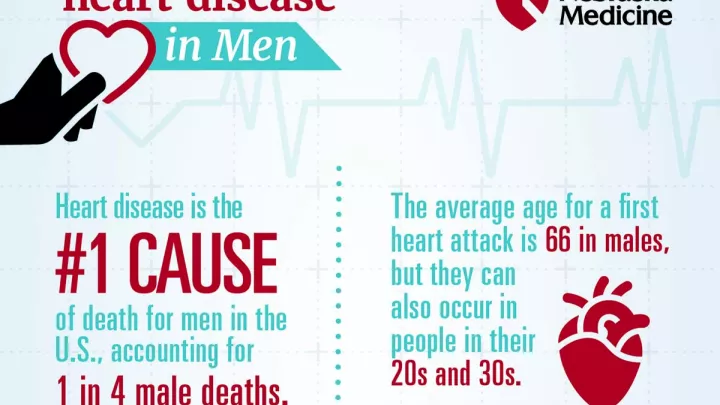Is broken heart syndrome real? Stress cardiomyopathy causes and symptoms

Can stress cause heart issues that mimic a heart attack? For reasons we don't fully understand, yes, it can.
Broken heart syndrome (or stress cardiomyopathy) is a sudden and most often temporary reduction in the pumping function of the left ventricle of the heart. This affects the heart's ability to pump blood effectively.
Broken heart syndrome triggers:
- Severe emotional stress like fierce arguments or the death of a loved one
- Physical stress such as a car accident or asthma attack
- Natural disasters like earthquakes
Broken heart syndrome symptoms
Stress cardiomyopathy can lead to symptoms of a heart attack (chest pain) or heart failure (shortness of breath).
Call 911 immediately if you experience any of these symptoms:
- Chest pain
- Upper back pain
- Shortness of breath
- Dizziness
- Nausea
- Lightheaded
- Acid reflux (burning sensation in the gut that feels like heartburn)
- A sense of simply not feeling well
Generally, only a part of the heart is weakened, while another portion of the heart often contracts more forcefully. We often do an angiogram to make sure there is no obstruction (blockage) within the coronary arteries.
How long does broken heart syndrome last?
This condition often resolves within a matter of days to weeks. Some patients need medications or mechanical pumps to help support their hearts while awaiting recovery. Death is rare, but heart failure may persist in up to 20% of patients.
Why stress cardiomyopathy affects mostly women
Broken heart syndrome occurs most frequently in women, especially after menopause. Women ages 58 to 75 years old make up over 90% of reported stress cardiomyopathy cases.
The reason why women are at higher risk remains poorly understood. It may be related to hormones and responses to stress, which can both change over time.
Octopus pot: the meaning behind the name
Medically, this condition is known as Takotsubo cardiomyopathy. “Takotsubo” is taken from the Japanese name for a fishing pot used to catch octopus. When we inject contrast into the left ventricular chamber, a heart with this condition looks like an octopus pot.







